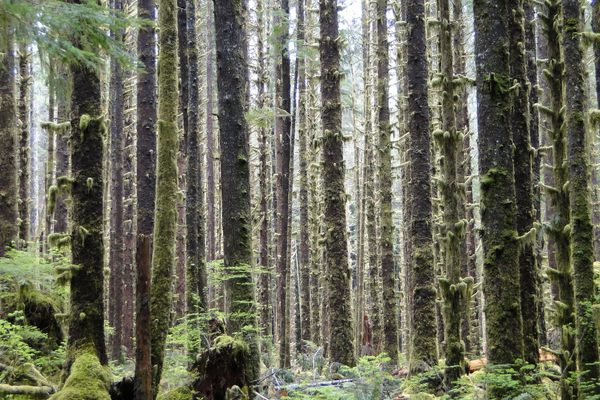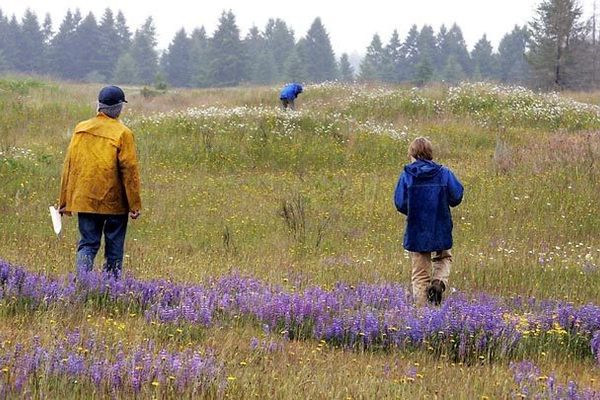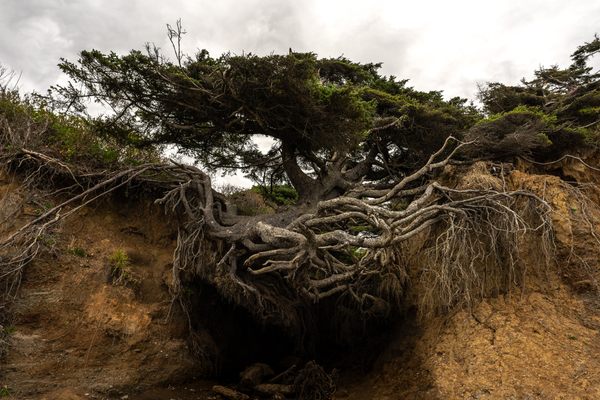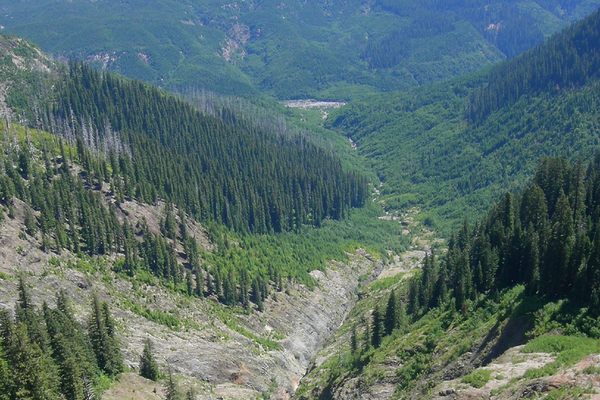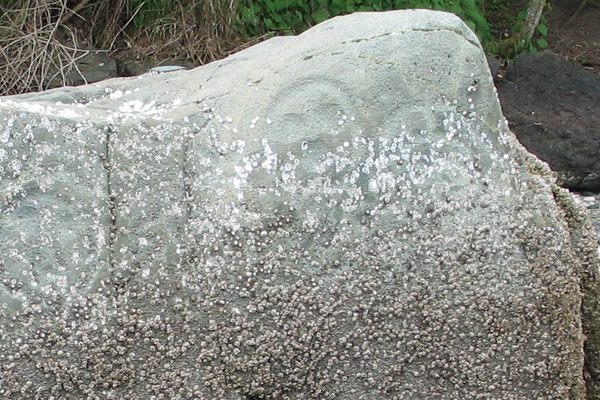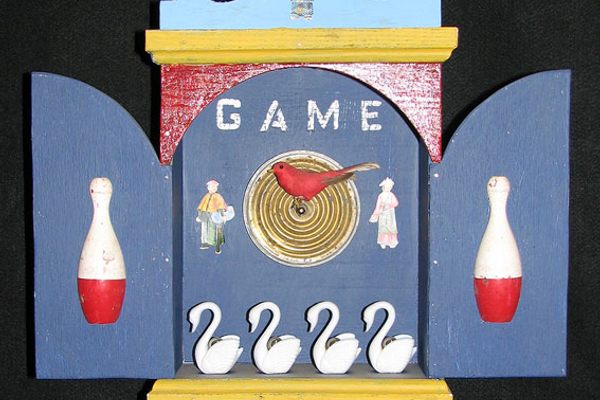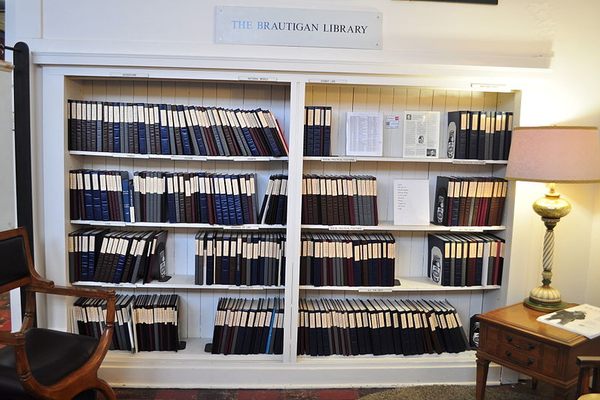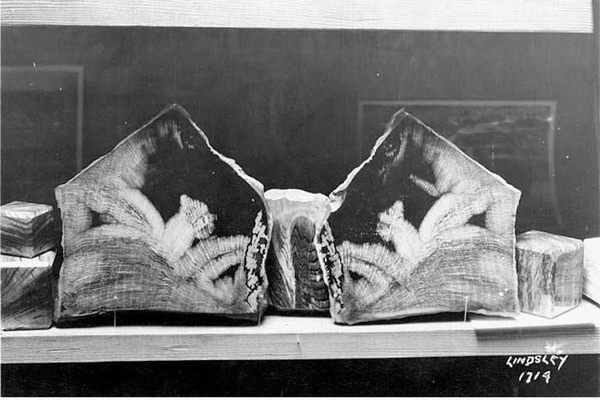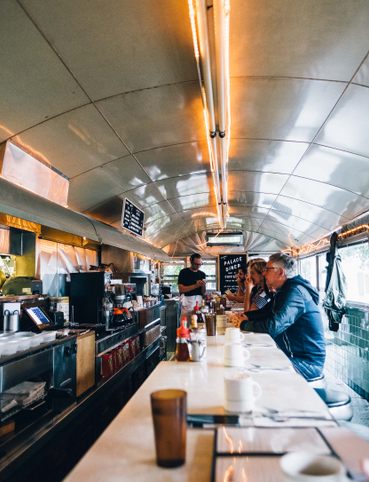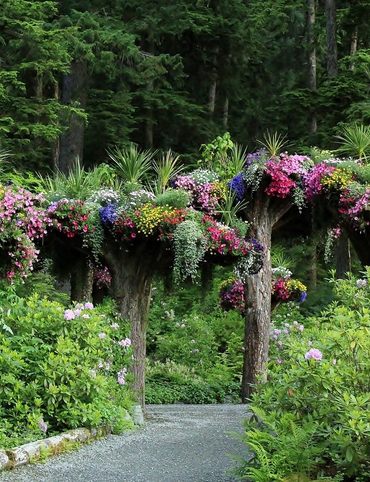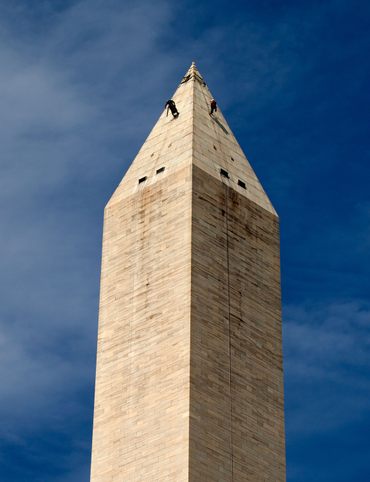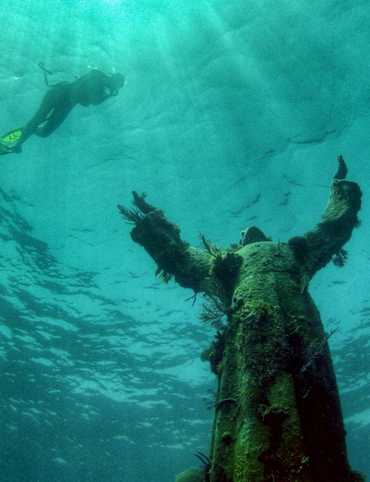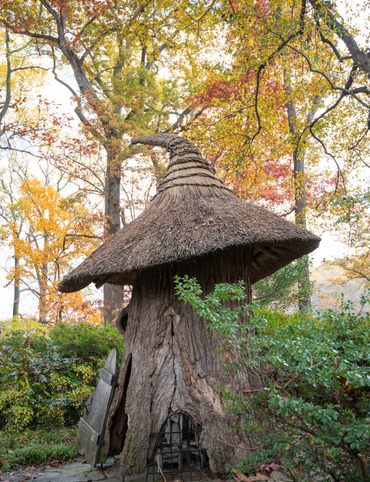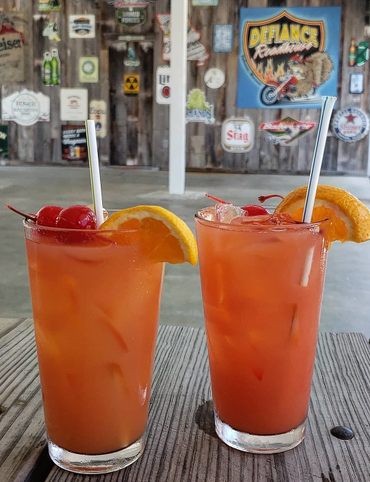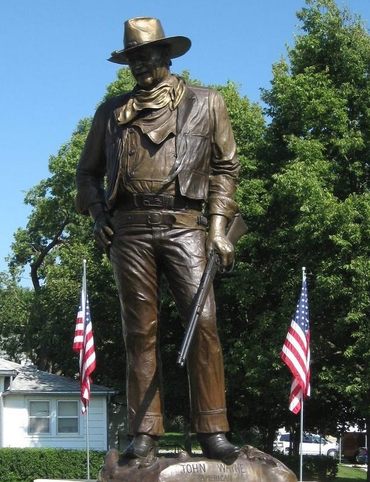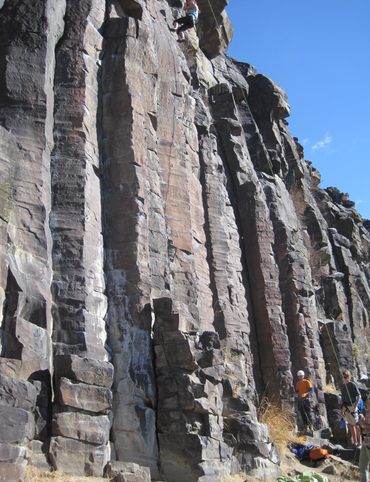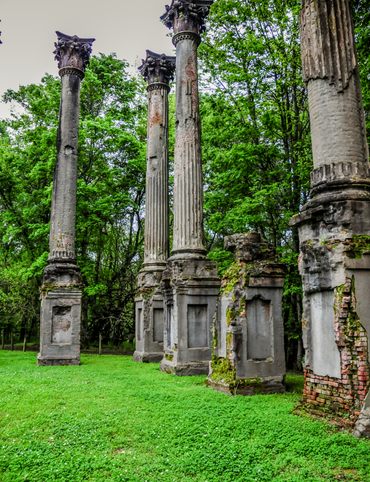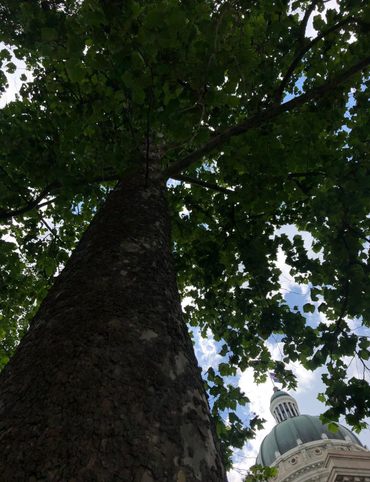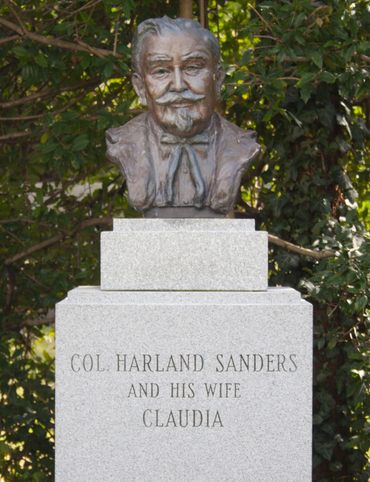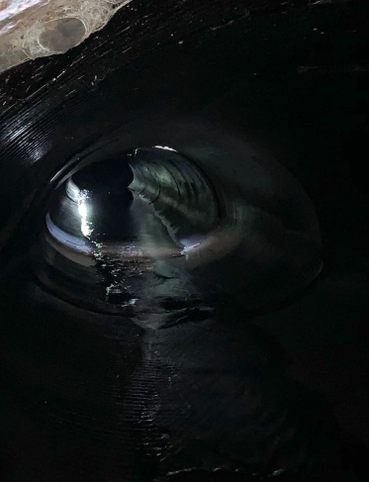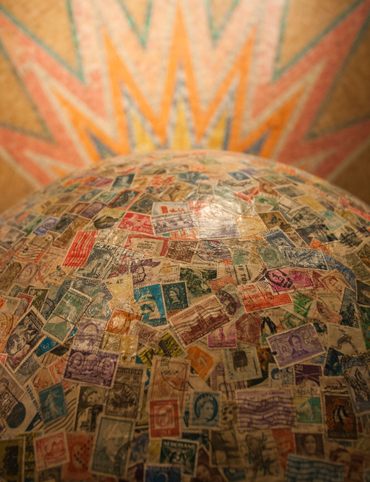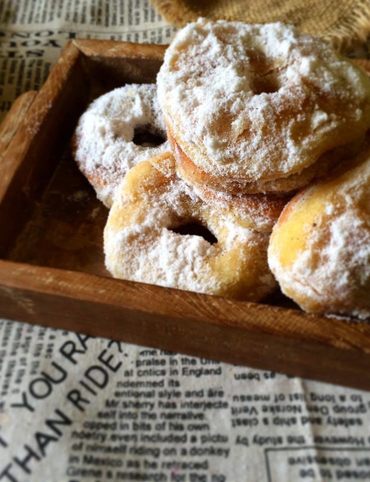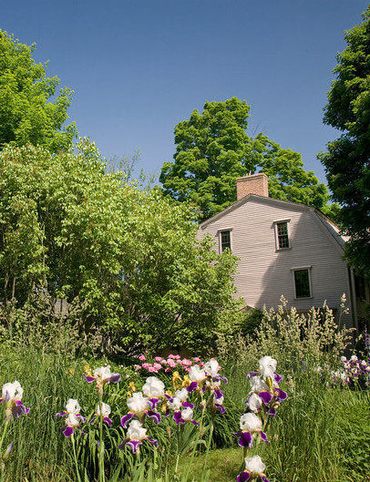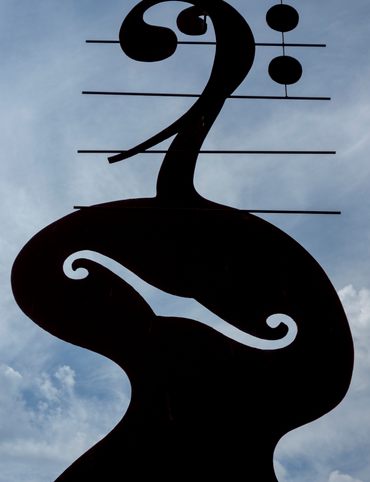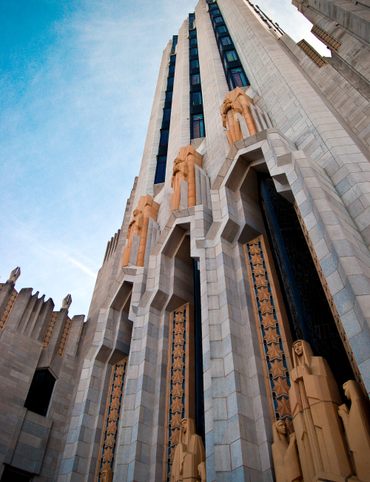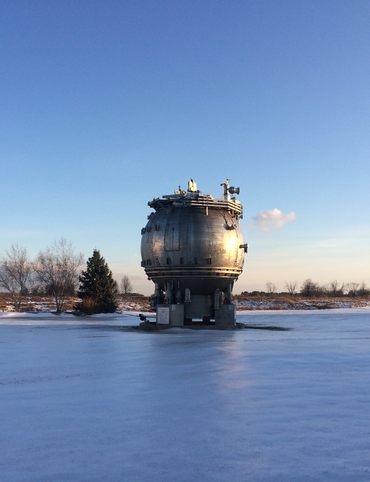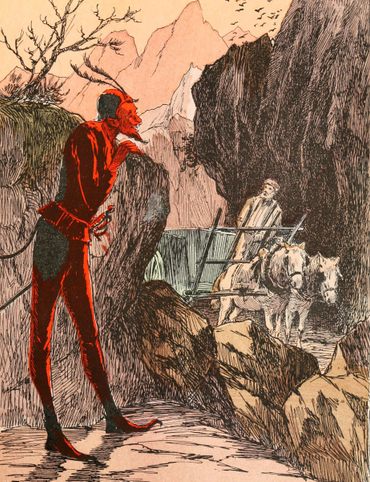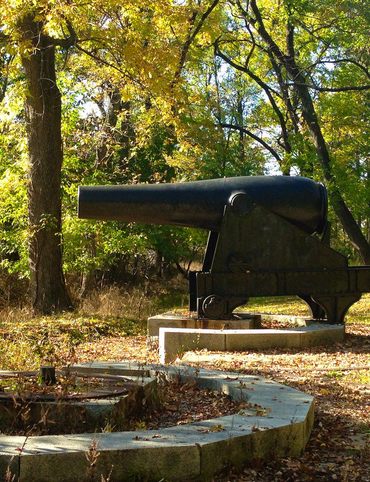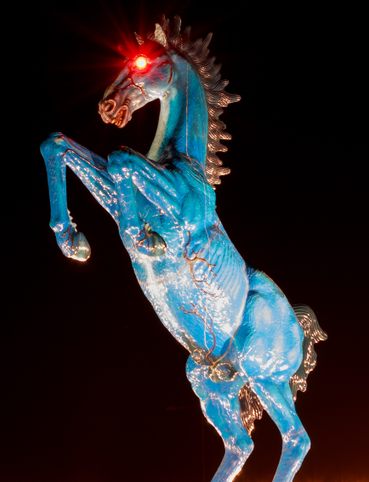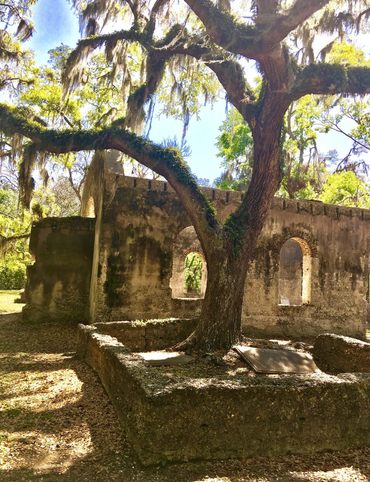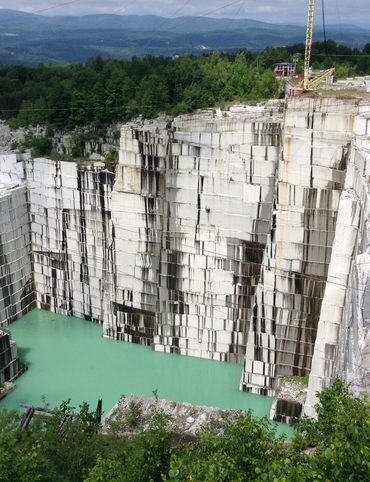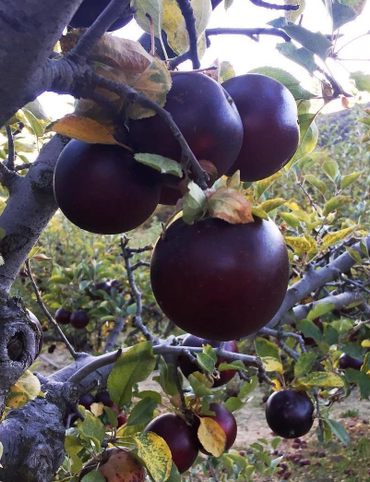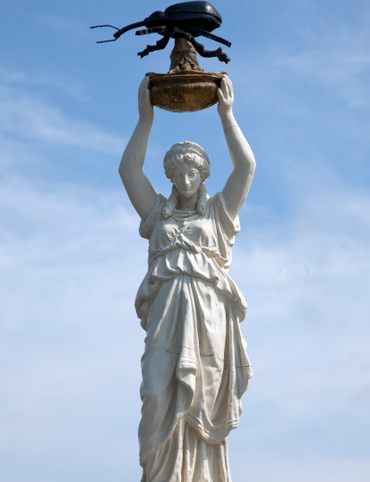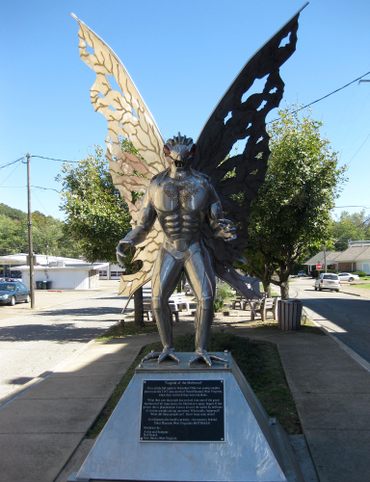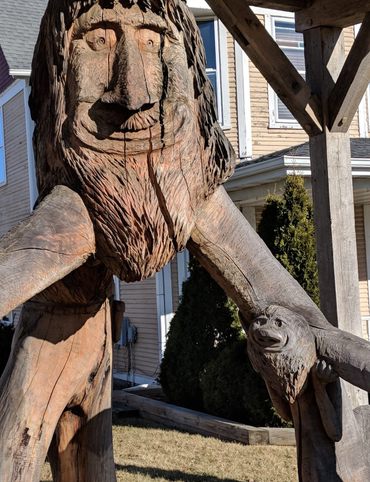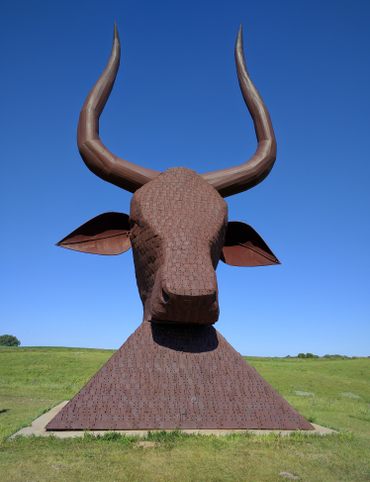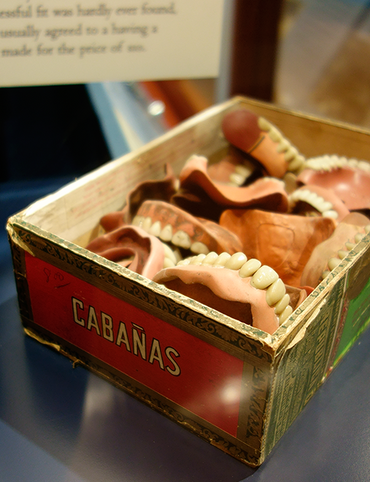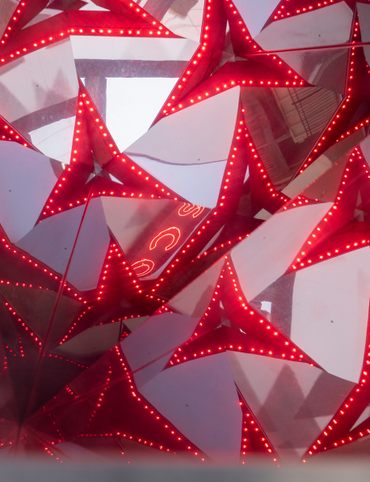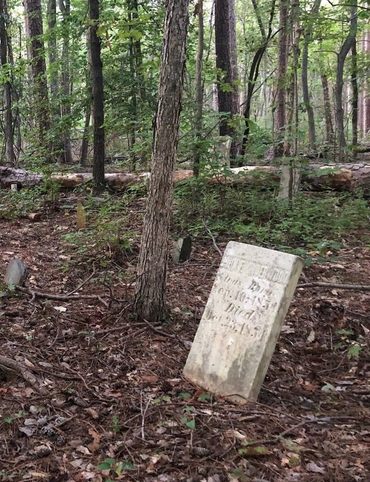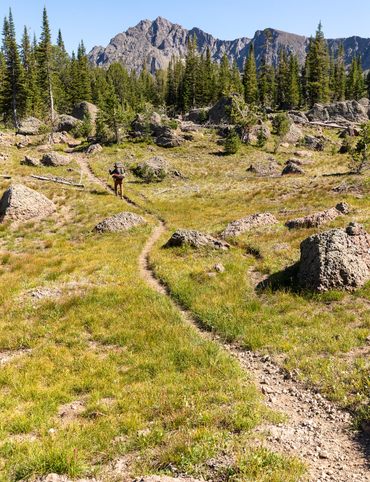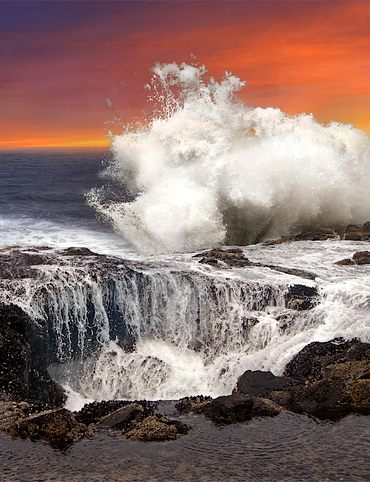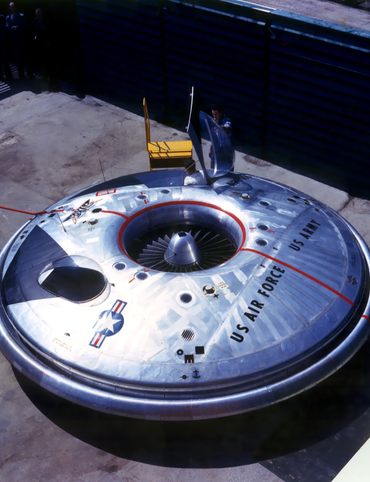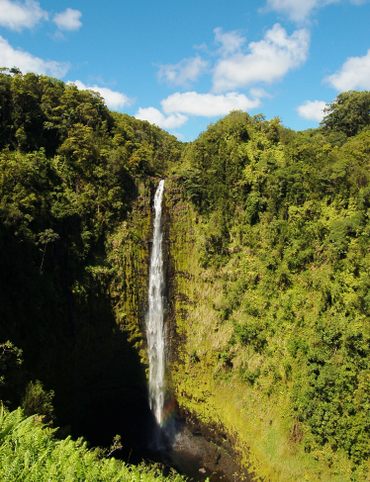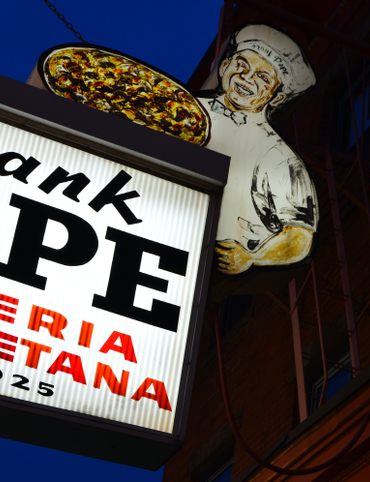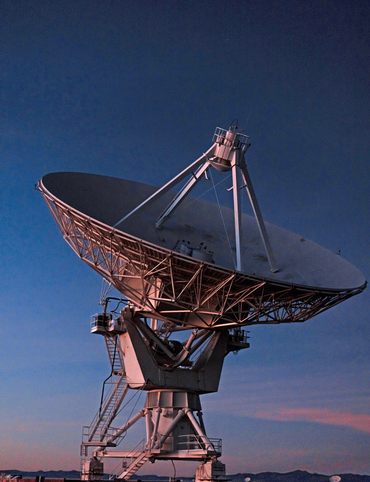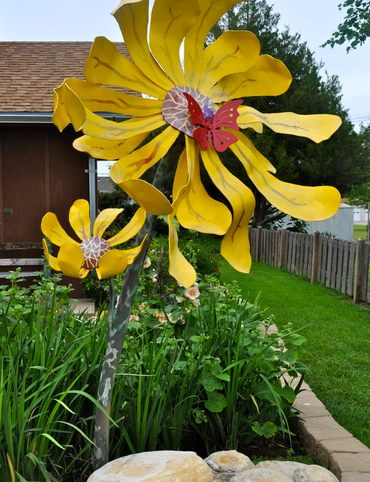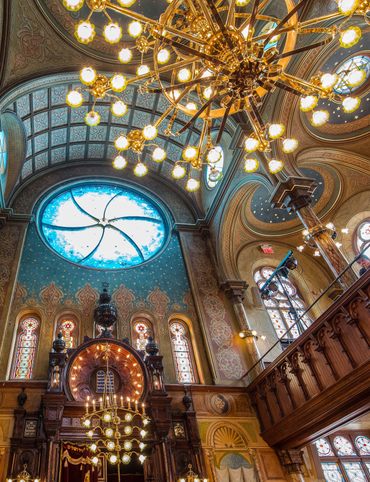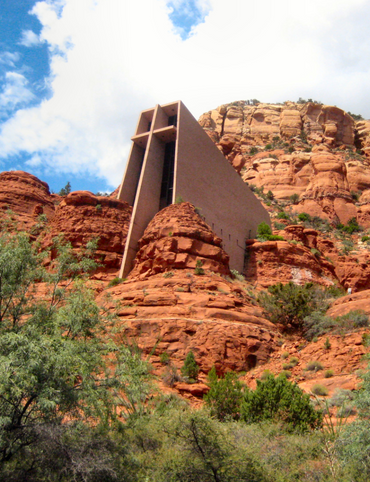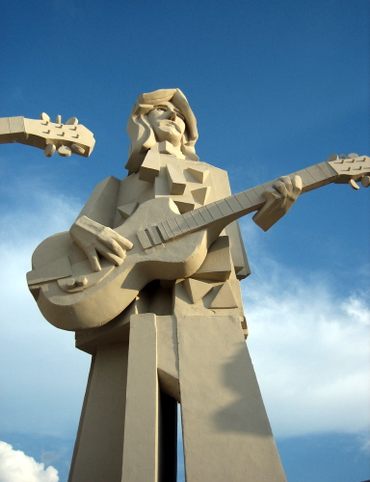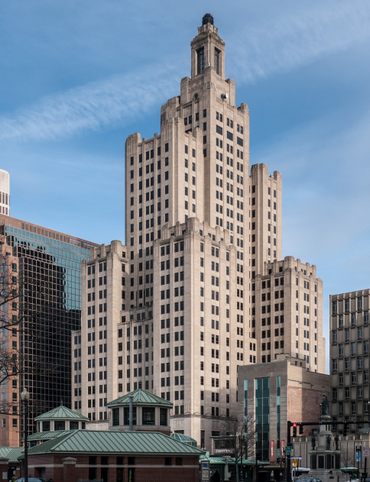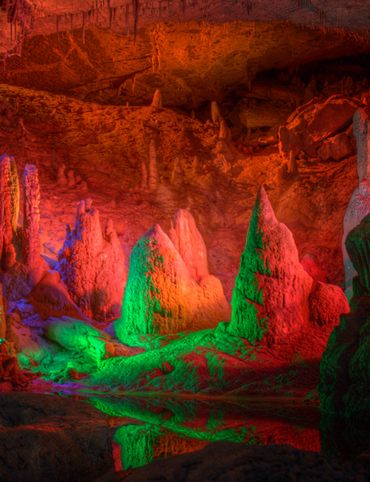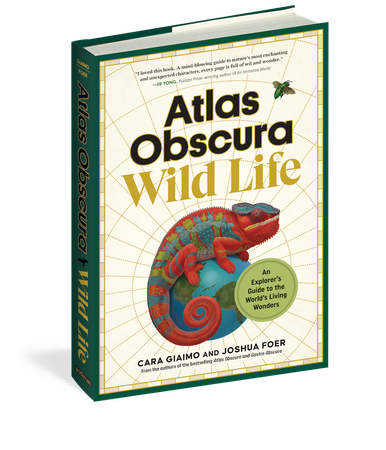50 States of Wonder
9 Strange and Surreal Spots in Washington State
The deep, moody forests of Washington state are filled with secrets and stories. From springy mosses to towering Douglas firs, rocky outcrops, and glacial deposits, it’s easy to see how the landscape helped set the tone for stories like David Lynch’s trippy TV series Twin Peaks and the teen vampire romance that is Twilight. Across the Evergreen State, human- and nature-made oddities are rarely far from reach.
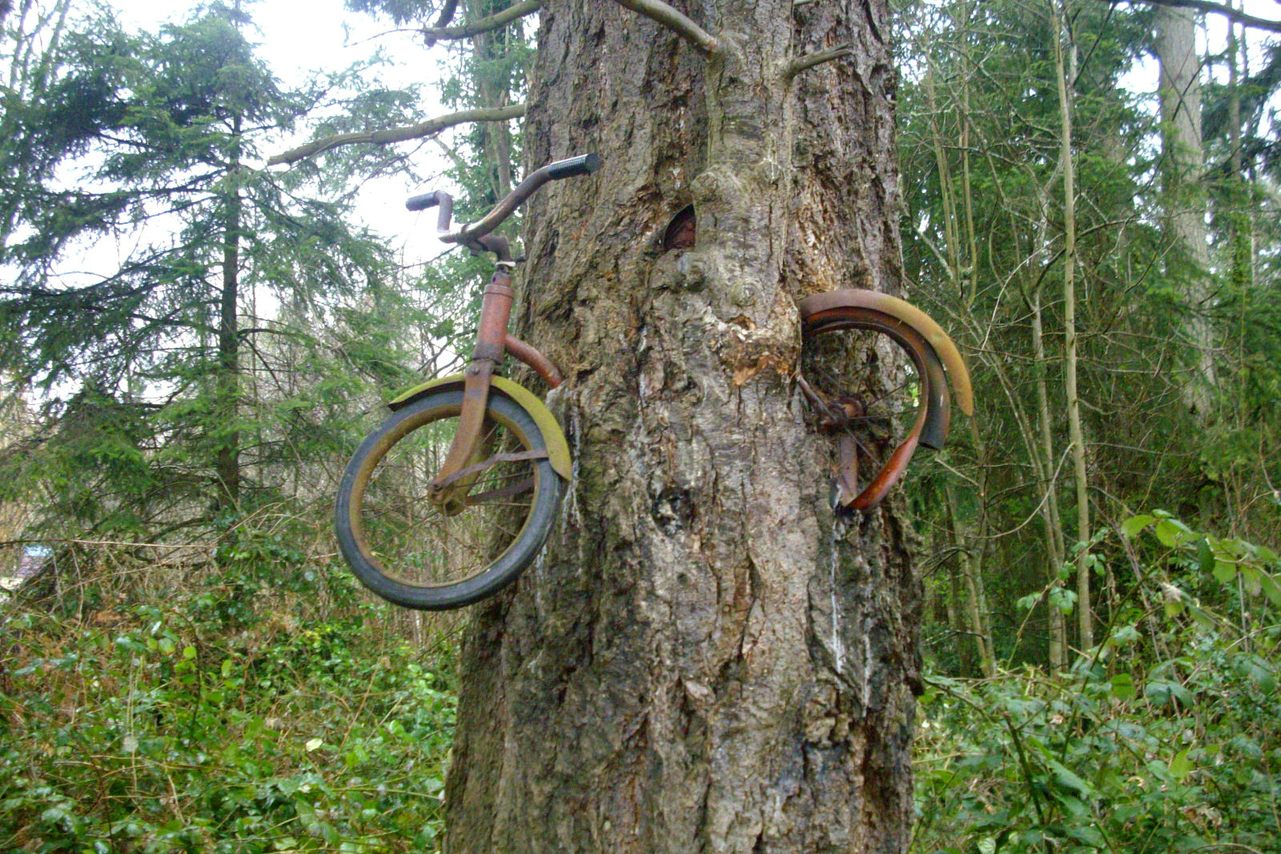
1. Vashon Island Bike Tree
Vashon Island, the largest landmass in Puget Sound, is home to a peculiar bike parking spot that has inspired local legends. The bike in question is suspended inside the trunk of a tree, roughly seven feet off the ground. Photos of the bike have circulated with varying stories. One popular (but false) account claims that it was left chained to a tree by a young man who went off to war in 1914. The mysterious bicycle inspired Berkeley Breathed, an artist and writer who grew up on Vashon Island, to write a children's book called Red Ranger Came Calling, in which the bicycle is part of an elaborate Christmas tale. The tree and its strange captive have long enchanted visitors, though it's still unclear exactly how it happened. (Read more.)
99th Ave SW, Vashon, WA 98070
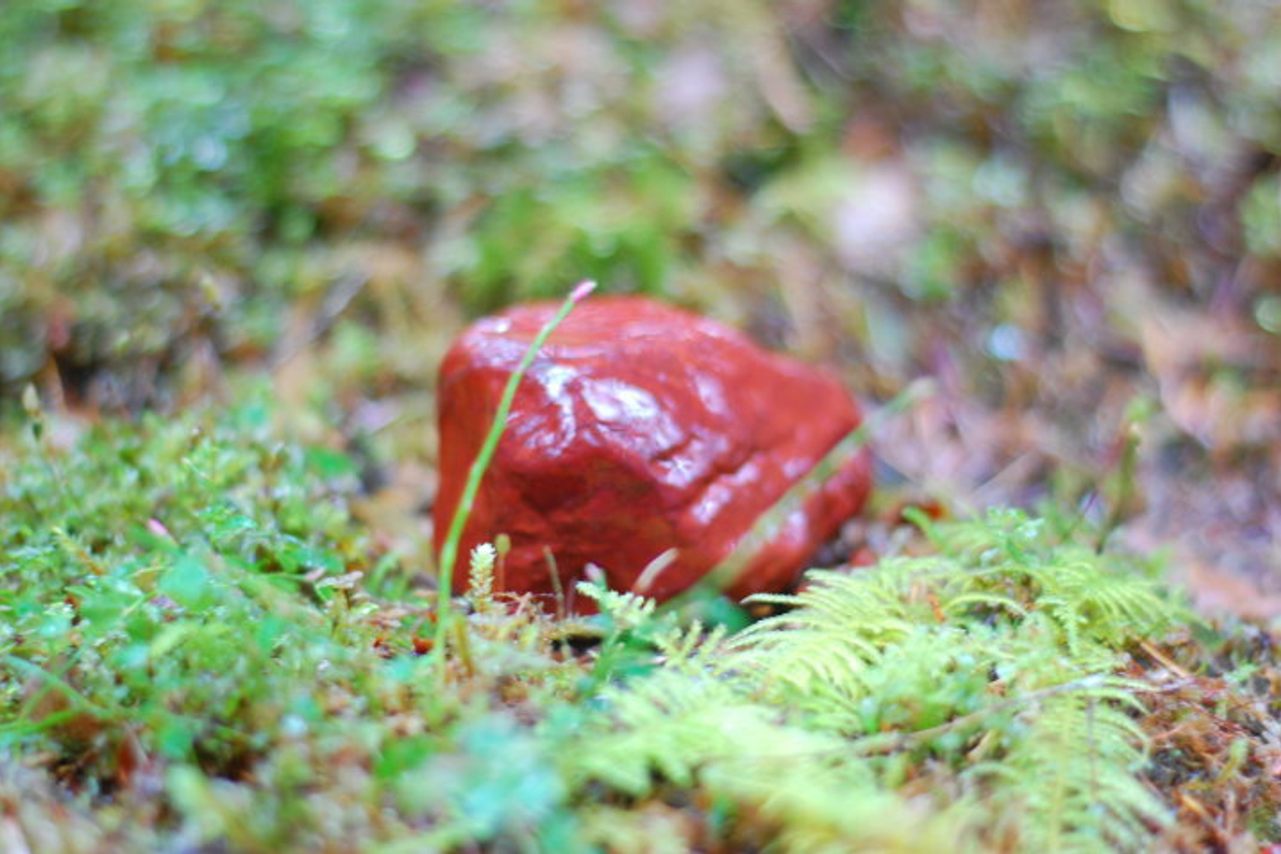
2. One Square Inch of Silence
Further inland in Olympic National Park, a small red pebble lies atop a moss-covered log deep in the verdant wilderness. It marks a spot that some claim is the quietest place in the United States. Created in 2005 by the acoustic ecologist Gordon Hempton, the spot is called One Square Inch of Silence. Hempton wanted to protect the natural soundscape of the park from intrusive human noises, and selected a tiny spot accessible via a three-mile hike down the Hoh River Trail.
Why such a small space? Human-generated noise from highways and aircraft can spread across many miles. Protecting a single square inch from that noise necessitates preserving all the land that surrounds it. (Read more.)
Forks, WA 98331
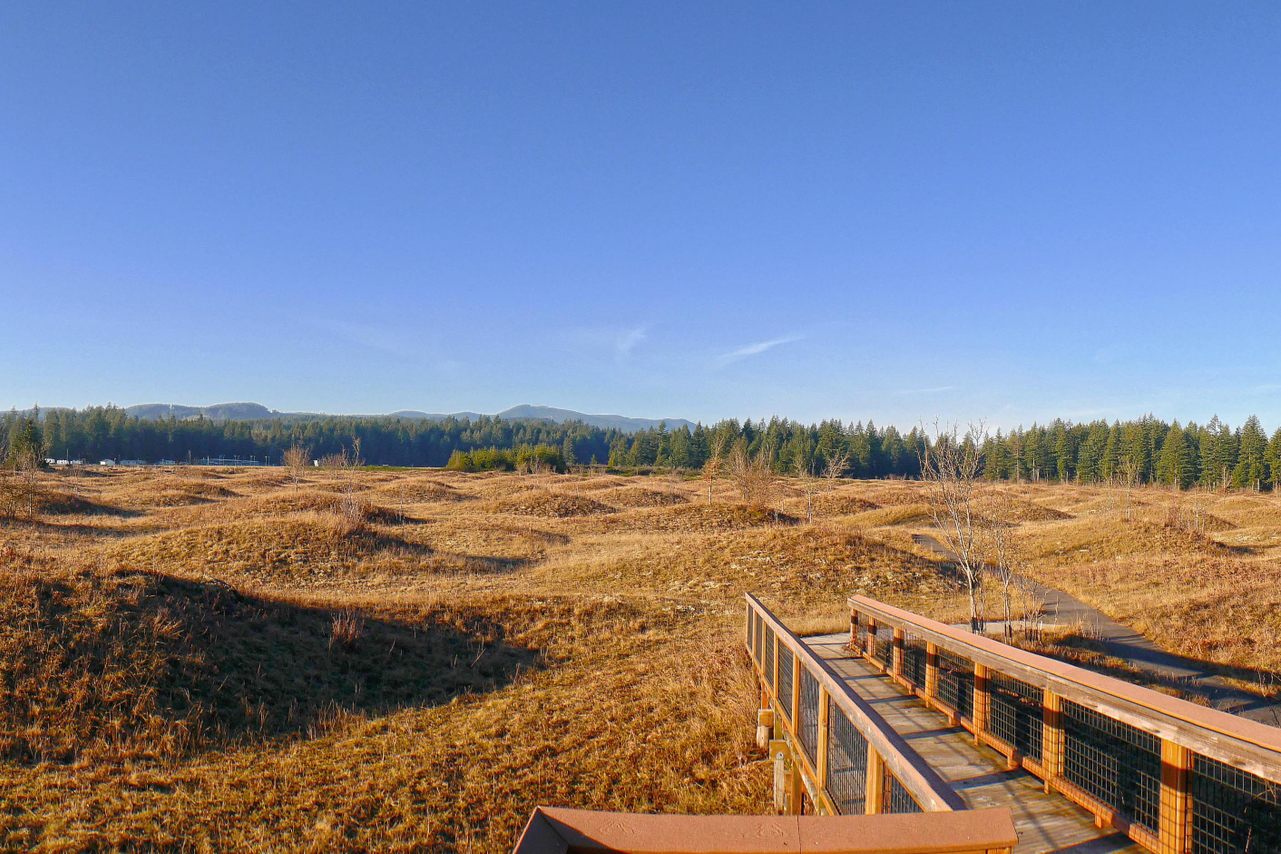
3. Mima Mounds
On the outskirts of the Capitol State Forest in western Washington, a vast prairie is dotted with thousands of grass-covered bumps—and nobody’s quite sure how they got there. The origins of the Mima Mounds Natural Area Preserve have long been the subject of debate.
When members of the U.S. Exploring Expedition encountered the mounds in the mid-1800s, they initially guessed that they were Native American burial grounds. Other explanations suggest that the mounds were formed by glacial freeze-and-thaw cycles, erosion, earthquakes, flooding, volcanic activity, or even extraterrestrials. A popular theory holds that the mounds accumulated slowly as generations of pocket gophers moved the soil while building a network of underground dens. (Read more.)
12315 Waddell Creek Rd SW, Olympia, WA 98512
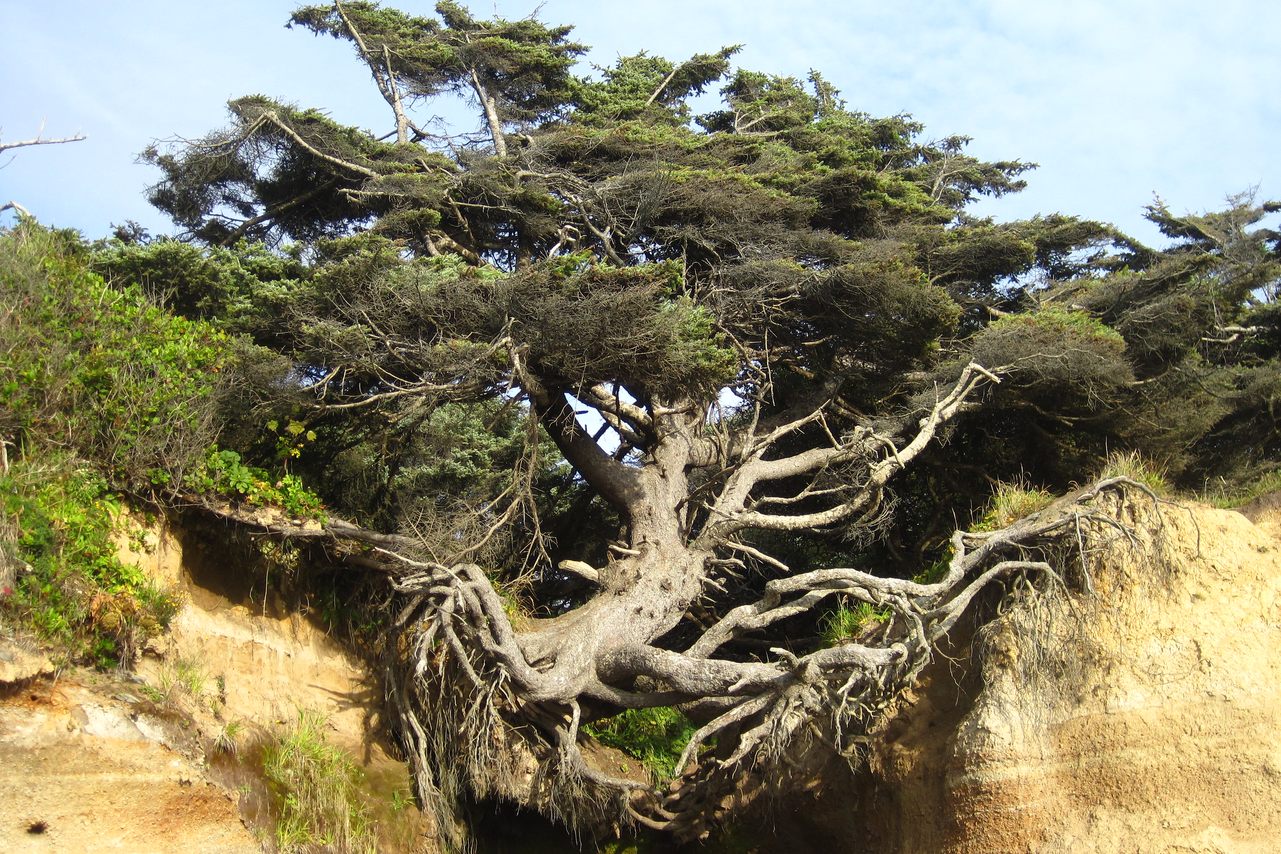
4. Kalaloch Tree of Life
Because erosion has worn away the soil that once surrounded its roots, this Sitka spruce seems to float in between two bluffs in Olympic National Park. Native to the Pacific Northwest, Sitka spruce can be found along the coast from northern California to Alaska. These sturdy trees thrive in humid environments, and their wood has a high ratio of strength to weight—which may contribute to this particular tree’s ability to hang on for decades, despite the erosion. Underneath the winding, exposed roots is a small cave where you can see the stream that has washed out the earth underneath the so-called Tree of Life. (Read more.)
101 Old State Hwy, Forks, WA 98331

5. Ape Canyon
On a summer night in 1924, a group of miners reported that they were attacked by a gang of wild “apemen” in this gorge. After a sleepless night of conflict, one of the men, Fred Beck, claimed to see one of the creatures standing at the edge of the canyon. The area, located southeast of Mount St. Helens, came to be known as Ape Canyon, and has hosted reports of other Bigfoot sightings. Years after the alleged encounter, Beck published a booklet titled I Fought the Apemen of Mount St. Helens, Washington, in which he speculated that the apemen were extradimensional beings. Despite his account, the most popular explanation for the story is that a gang of local youths were throwing rocks at the miners' cabin, and that the acoustics of the canyon made their voices seem inhuman.
Though the cabin is long gone and the canyon was vastly changed by the 1980 eruption of Mount St. Helens, the name has stuck, and Ape Canyon continues to be a popular hiking destination. (Read more.)
Cougar, WA 98616

6. Haleets
Around 15,000 years ago, a 3,000-foot-thick glacier advanced along what is now Washington state, carving out hills, islands, and bodies of water across the terrain. This glacial terraforming resulted in what we now know as Puget Sound and its many islands. One of them, Bainbridge Island, is home to a large boulder, deposited by the advancing glacier and then covered in petroglyphs.
Known as Haleets or Figurehead Rock, the sandstone boulder measures five feet tall and seven feet wide, and is only visible during low tide. The carvings are claimed by the Suquamish Tribe, who have inhabited the Puget Sound region for thousands of years. The petroglyphs were carved between 1000 B.C. and 500 A.D. (Read more.)
7728 NE North St, Bainbridge Island, WA 98110

7. Museum of Un-Natural History
Located in a small space above a pharmacy in Walla Walla, Washington, this museum is anything but ordinary. Its owner and founder, Gerry Matthews, has filled the space with his surreal and absurd art. He crafted the pieces from old toys, animal bones, mannequins, bicycle parts—materials that most people would see as junk, but Matthews sees as the foundation for his “opinionated, satiric, iconoclastic creations of questionable taste.” Unusual pieces fill the Museum of Un-Natural History, like Velocipedus Rex, which is made of four bicycle rims and animal bones. The museum is currently closed due to Covid-19. When it's open, Matthews himself often oversees the small, spectacular space. (Read more.)
4 & 1/2 West Main over Tallman’s, Walla Walla, WA 99362

8. The Brautigan Library
Richard Brautigan is probably best known for his writing depicting San Francisco’s counterculture in the 1960s and 70s. Brautigan was born in Tacoma, Washington, and today his legacy lives on in a small collection in the basement of the Clark County Historical Museum in Vancouver. The Brautigan Library, as it is known, is filled entirely with unpublished works.
Founder Todd Lockwood started the library in 1990, inspired by one of Brautigan’s novels in which the protagonist works at a library of unpublished manuscripts. In 2010 the Brautigan Library moved from Vermont to Washington, and in 2013 started collecting digital submissions. Books are classified by way of the Mayonnaise System, named in tribute to Brautigan’s love of the word “mayonnaise.” (Read more.)
1511 Main St, Vancouver, WA 98660
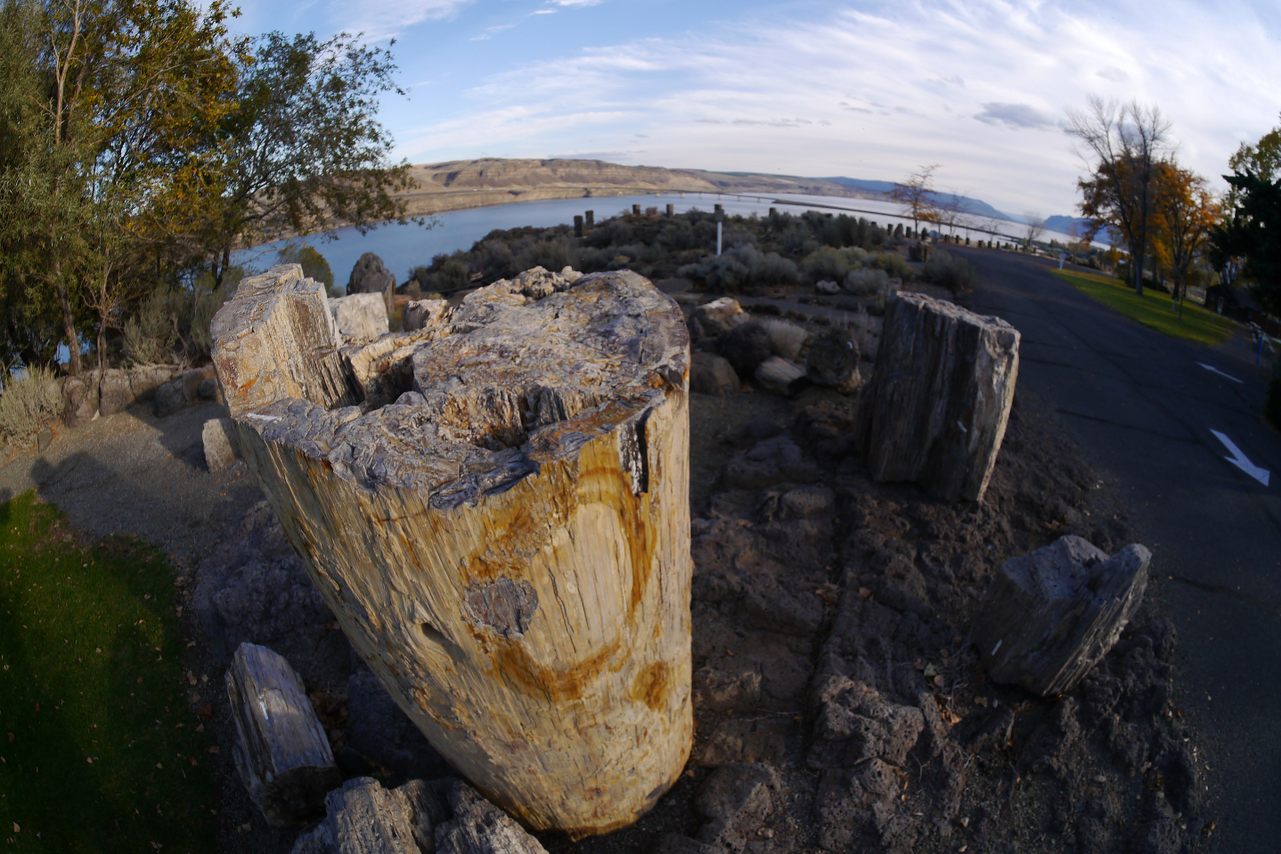
9. Ginkgo Petrified Forest
Though Washington is rich with mineral deposits, the state’s official gem isn’t one you'd expect to see on a birthstone: it’s petrified wood. Though it can sometimes sparkle, petrified wood is technically a fossil, not a gemstone. Sometimes, when trees are buried in the right conditions, instead of decomposing, the organic compounds are slowly replaced by mineral compounds, resulting in a sturdy, stone-like replica of the original plant. The Ginkgo Petrified Forest in eastern Washington is home to more than 50 species of fossilized trees.
In 1930, the area was set aside as a historic preserve, and geologists determined that the fossils dated to the Miocene Period, about 15 million years ago. Though today the region is semi-arid, it was once dominated by trees like swamp cypress, horse chestnut, and ginkgo. The Ginkgo Petrified Forest State Park was established in 1935, and today spans more than 7,000 acres. (Read more.)
630 Ginkgo Ave, Vantage, WA 98950

